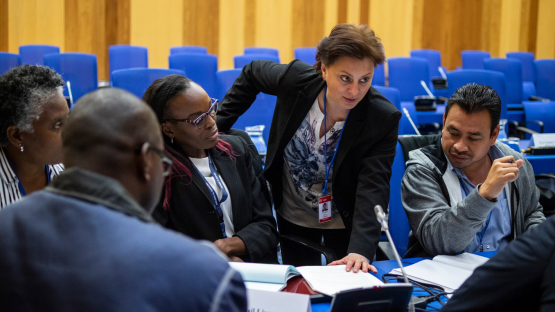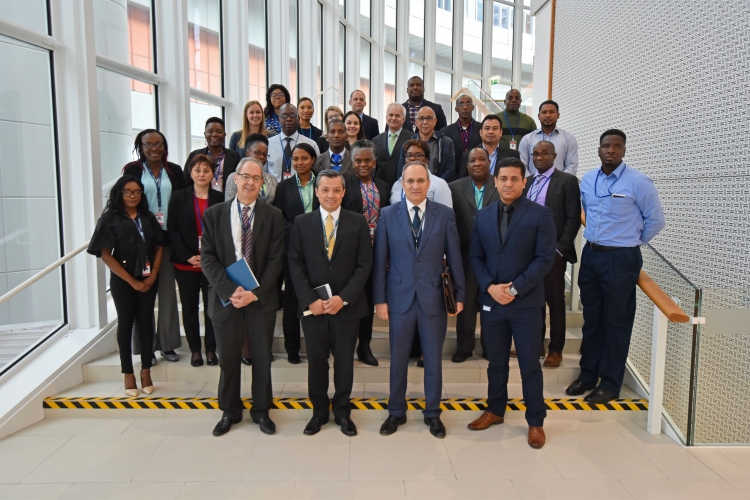An effective response plan to a radiological incident or emergency establishes control of the situation quickly and mitigates its harmful effects. Without the appropriate resources, training and exercises, these efforts may be compromised. The IAEA organized a regional training course from 13 to 17 May on the development of national radiological emergency plans in line with the IAEA safety standards, to support Caribbean countries in preparing for emergencies.
Organized under an ongoing, regional technical cooperation (TC) project[1], eighteen decision-makers and experts from nine countries, working in the fields of public safety, environmental health and disaster management, attended the course. The course began by exploring the key elements of an emergency response plan. Lecturers guided trainees on the development of emergency preparedness and response (EPR) arrangements in their respective countries. The students completed practical exercises on existing EPR digital platforms and studied historical examples of radiological emergency responses.
“Belize has a legislative framework for emergency preparedness and has an established National Coordinating Mechanism, the National Emergency Management Organization. However, while Belize is very effective and experienced in addressing natural disaster emergencies, such as hurricanes, there is no emergency plan at the national level to address radiological emergencies,” said Jorge Franco, Environmental Officer at the Department of Environment of the Ministry of Agriculture, Fisheries, Forestry, the Environment and Sustainable Development. “It is envisioned that the Department of the Environment will spearhead the development of Belize’s National Radiological Emergency Plan in collaboration with key stakeholders.”









